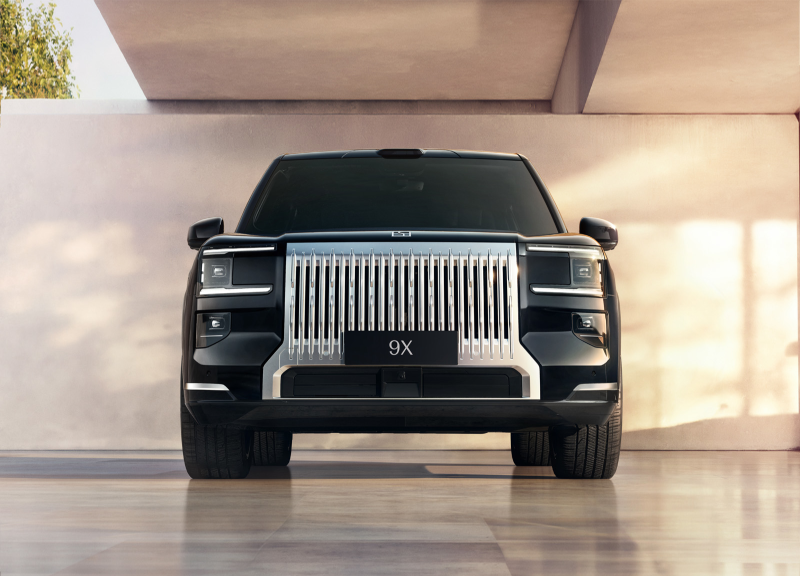Geely announced that the STARRAY EM-i has been mass-produced at the Indonesian factory and is about to be launched globally.
[PCauto] Geely’s Handal Indonesia Motor plant in Purwakarta, West Java, has officially commenced mass production of the Geely Starray EM-i. This achievement marks a significant milestone in the company’s localization strategy for the Southeast Asian market.
GEELY STARRAY EM-i Will Target Global Markets
The plant, Geely’s seventh overseas manufacturing facility, will initially focus on producing plug-in hybrid and pure electric vehicles.
As Geely’s first global plug-in hybrid model, the GEELY STARRAY EM-i features EM-i super hybrid technology, leveraging the combined advantages of a gasoline engine and electric battery with a total range of 1,420 kilometers. It is slated to launch in nearly 20 countries by 2025, including Australia, Indonesia, Thailand, South Africa, Mexico, and Italy, with planned launches in markets across Asia-Pacific, Europe, Latin America, and Africa.
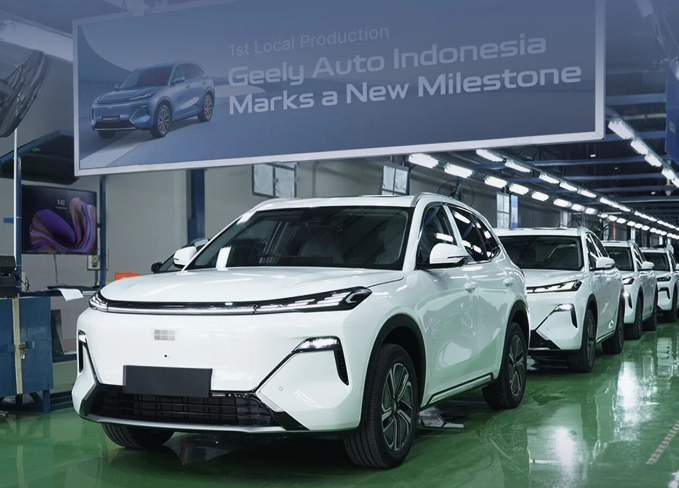
The GEELY STARRAY EM-i is equipped with a 1.5-liter naturally aspirated engine with a thermal efficiency of 46.5%, paired with a 160kW electric motor. It accelerates from 0 to 100 km/h in 7.5 seconds and has a fuel consumption of 3.75 liters per 100 kilometers when the battery is depleted.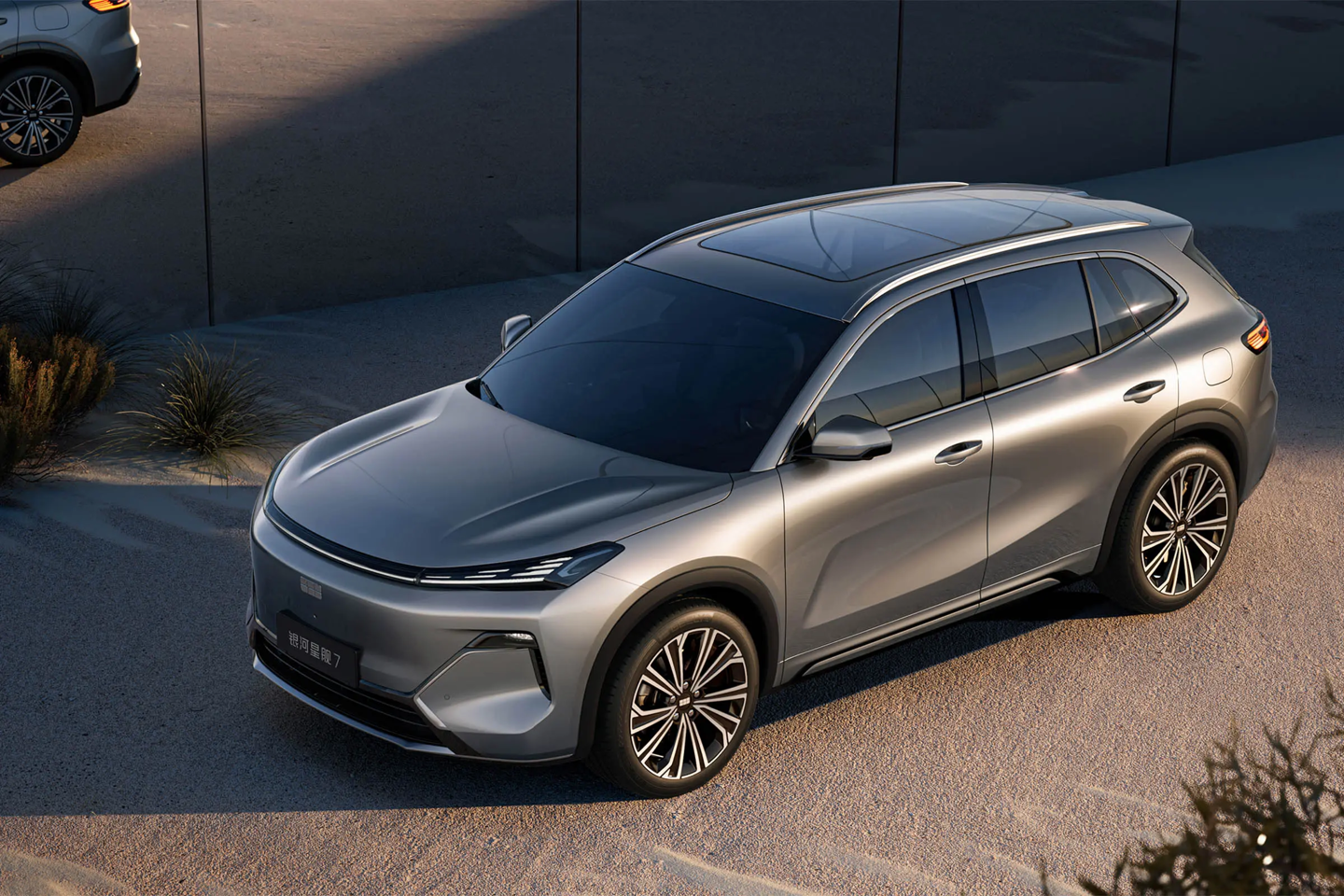
The intelligent system comes with Flyme Auto cockpit and features SPA seats, HUD head-up display, and a 16-speaker audio system.
In the Chinese market, the price starts at 109,800 RMB (approximately 510,000 THB or 66,000 MYR). The model is positioned as a compact plug-in hybrid SUV and aims to attract global consumers with its high cost-performance and advanced technology.
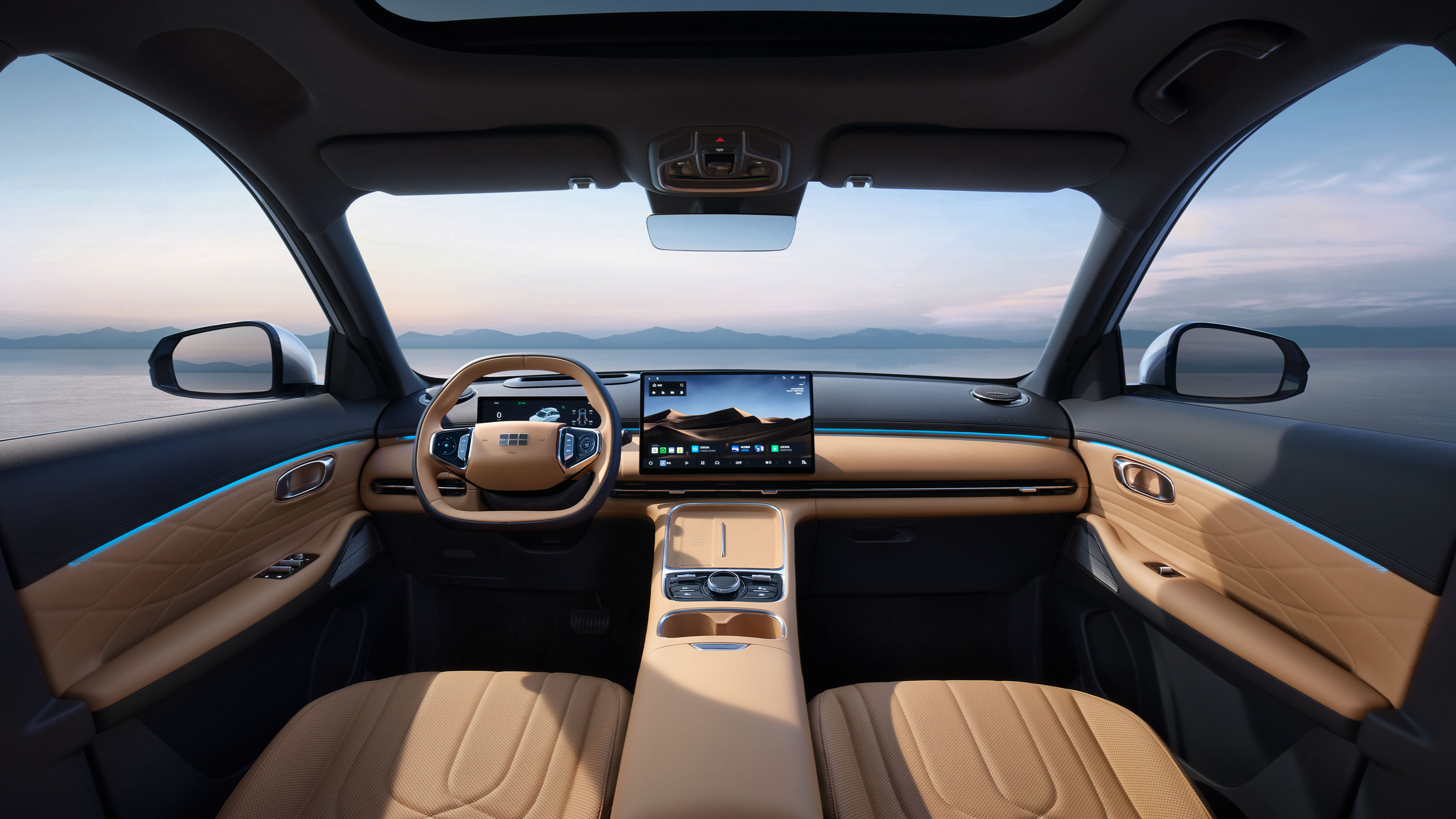
Building on this momentum, the all-electric Geely EX5—which has already garnered strong sales in Australia—is also slated for production at the Purwakarta plant, further solidifying Geely’s presence in right-hand drive markets.
Geely’s Indonesia plant will produce more models in the future
The Purwakarta plant has an annual production capacity target of 20,000 units, initially focusing on the Geely EX5 and Geely Star Wish.
Geely plans to produce 5 to 7 models locally within the next three years, covering pure electric, plug-in hybrid, and gasoline powertrains. The company aims to establish a sales network of 100 stores across Indonesia by 2028.
This localization strategy leverages tariff benefits under the Regional Comprehensive Economic Partnership (RCEP) agreement, which reduces export costs and enhances Geely’s competitiveness in the ASEAN market.
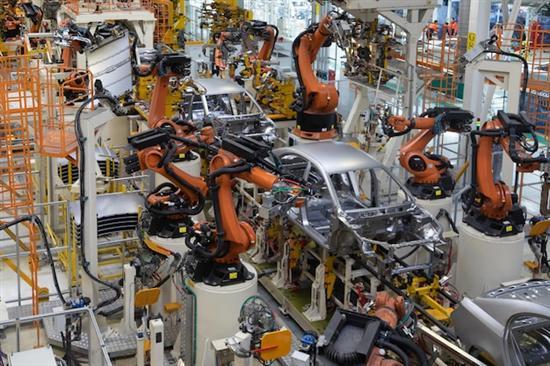
Geely Galaxy series has sold 1 million units globally
The Geely Galaxy brand has demonstrated strong momentum in the overall market performance, becoming the fastest electric vehicle brand to reach the milestone of one million cumulative global sales.
Among them, the Geely Star Wish has quickly surpassed 400,000 deliveries since its launch, setting a delivery record for Chinese car brands.
In the Chinese market alone, the Geely Star Wish recorded cumulative deliveries of more than 350,000 units from January to September. The model maintained strong monthly sales exceeding 40,000 units for four consecutive months, peaking at a new record of 50,000 units in September.
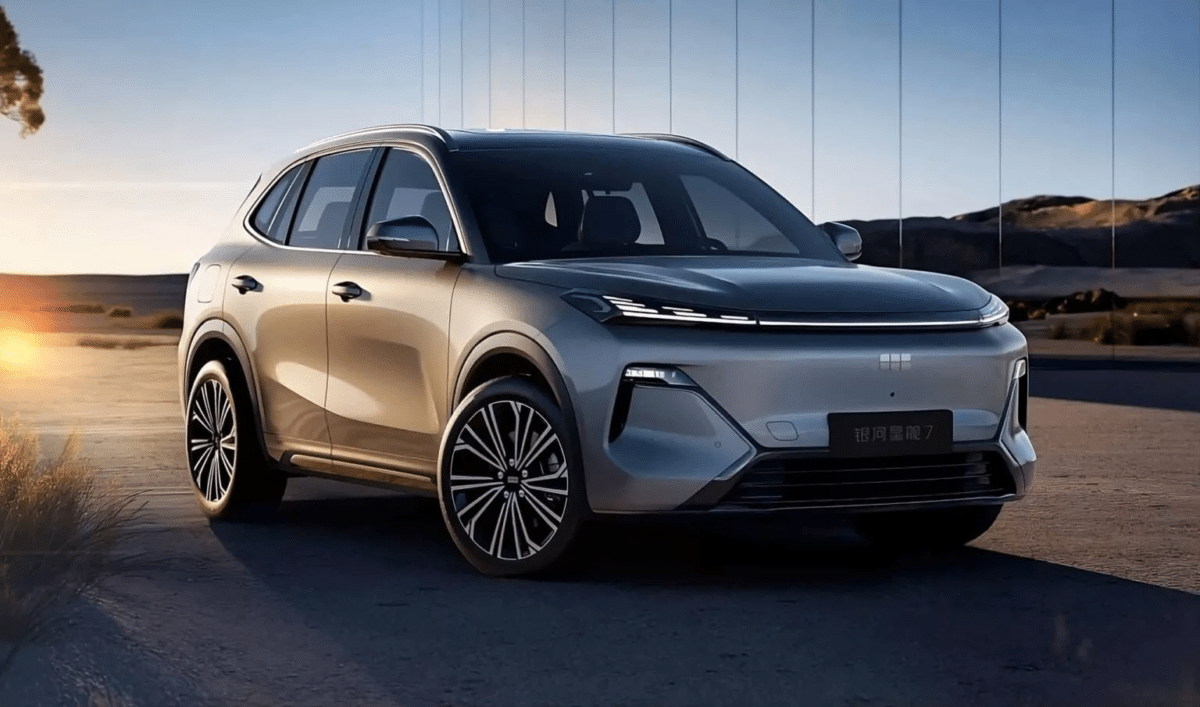
In the future, the Geely Galaxy brand is poised for continued expansion. The 2026 edition of the Geely Star Wish has already appeared in the Chinese Ministry of Industry and Information Technology’s announcement, featuring the same exterior and dimensions as the current model, offering 13 types of wheel designs, a blue-red dual-tone body, and red caliper design, with the power system continuing to use a 58kW motor configuration.
Additionally, developments for other models in the Geely Galaxy series include the declaration of the Galaxy V900 MPV, which has a length exceeding 5.3 meters and is equipped with LiDAR, as well as the launch of the 2026 Geely Galaxy E5, offering a maximum range of up to 610 kilometers.
If any infringement occurs, please contact us for deletionFollow Us
Trending News
Lexus LS may turn into a six-wheel MPV, so why does the LS Concept use a six-wheel design?
MichaelOct 16, 2025, 11:04 AM
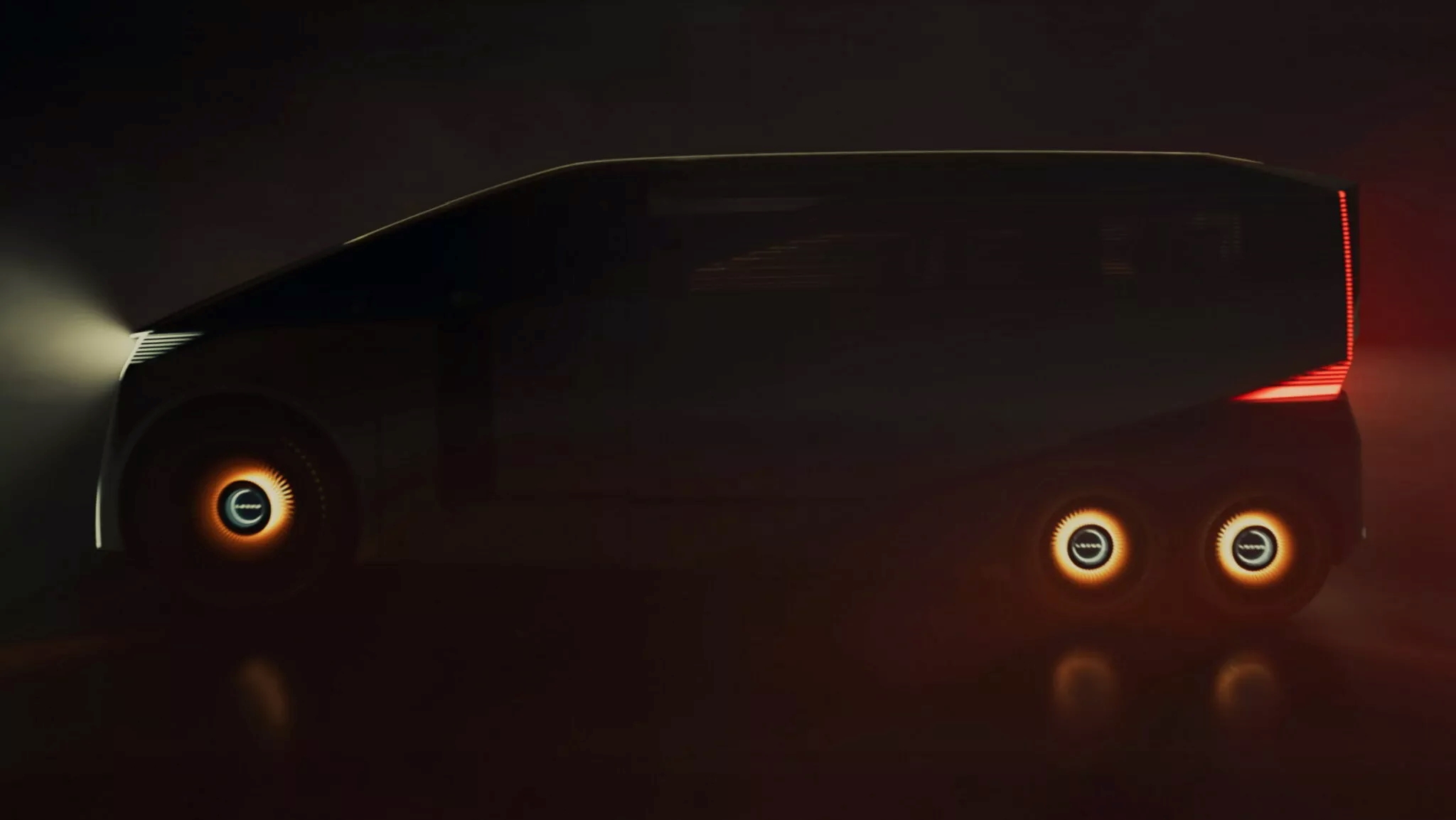 [PCauto] Before the 2025 Tokyo Auto Show (Japan Mobility Show), Lexus announced that its flagship model, the LS, will abandon the traditional sedan form and transition into a six-wheel electric MPV concept car. The strategic shift of the LS, Lexus’ flagship sedan, has taken many by surprise.
[PCauto] Before the 2025 Tokyo Auto Show (Japan Mobility Show), Lexus announced that its flagship model, the LS, will abandon the traditional sedan form and transition into a six-wheel electric MPV concept car. The strategic shift of the LS, Lexus’ flagship sedan, has taken many by surprise.
Who says “S” can only stand for Sedan?
Akio Toyoda recently stated during a live broadcast: “Who says ‘S’ can only stand for sedan?” This rhetorical question reveals the reason behind the LS’s transformation.
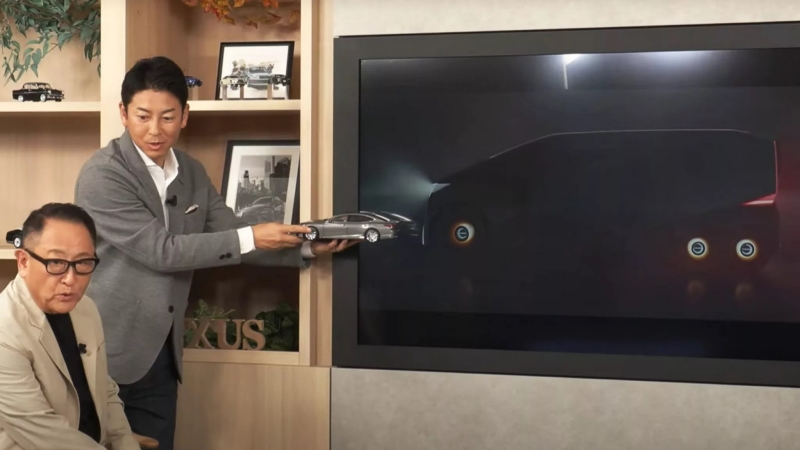
In Akio Toyoda’s vision for the future, Lexus will not merely serve as Toyota’s premium brand, but will take on more ambitious missions to explore the future of mobility.
Therefore, the “S” in LS has been redefined as “SPACE”, symbolizing space and an exploratory spirit, replacing its traditional meaning of “Sedan”.
This shift aligns with the evolution of the Lexus LM. While the LM is based on the Toyota Alphard platform, the new LS Concept will be independently developed, aiming to create a flagship product that surpasses existing MPVs.
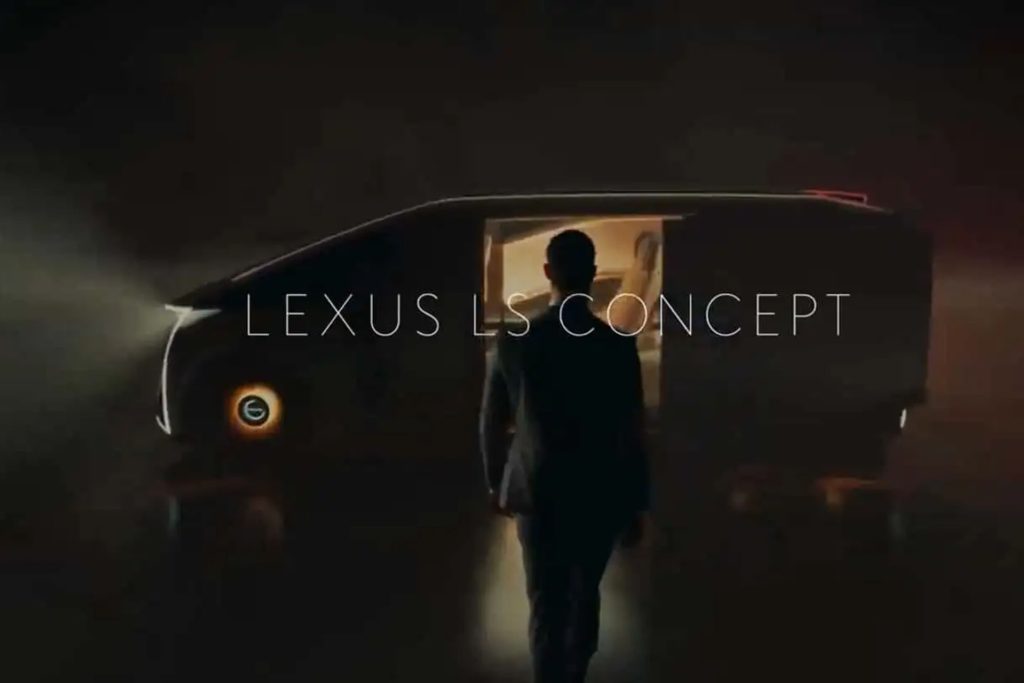
What are the advantages of the six-wheel design adopted by the LS Concept?
The LS Concept features a single-box body with a six-wheel layout, offering significantly increased wheelbase and interior space compared to the existing LM model, along with sliding side doors and a three-row independent seat configuration.
The LS Concept design team drew inspiration from lunar rovers, adopting an asymmetrical six-wheel structure: a double-diameter main wheel on the front axle for traction and two groups of smaller wheels on the rear axle for enhanced stability.
This engineering imparts three major advantages:
First, the six-wheel layout ensures superior traversability in complex road conditions;
Second, the extended wheelbase delivers a cargo capacity that rivals that of a light passenger van;
Third, the distinctive design confers an unprecedented level of visual recognition.

Although Lexus hasn’t disclosed the powertrain details, the positioning on a purely electric platform suggests that the battery layout must be meticulously coordinated with the six-wheel drive system. Balancing quietness, MPV-level interior space needs, and multi-wheel drive energy consumption will be the defining factor for successful mass production.
Notably, Toyota has previously applied six-wheel technology only to the Lunar Cruiser moon rover, making this move toward commercialization a bold endeavor.
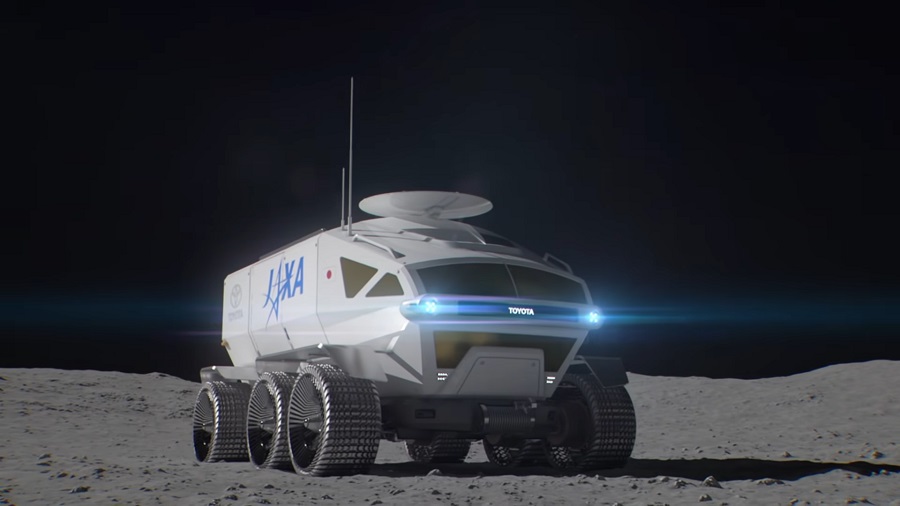
Why Did Lexus Launch Such a… Monster Like the LS Concept?
In fact, global sales of the Lexus LS have been on a downward trend in recent years.
Since its peak around the year 2000, sales of the Lexus LS have been in a persistent decline. The model is now trapped in a vicious cycle: low sales volume makes it difficult to cover R&D costs, which in turn leads to further production cuts.
In 2024, the global sales of the LS were about 5,000 units, only a tenth of its peak. By the first half of 2025, LS sales in the U.S. market were merely 691 units, a sharp 42.3% decline year-on-year. In the European market (e.g., the UK), annual sales were as low as 39 units.
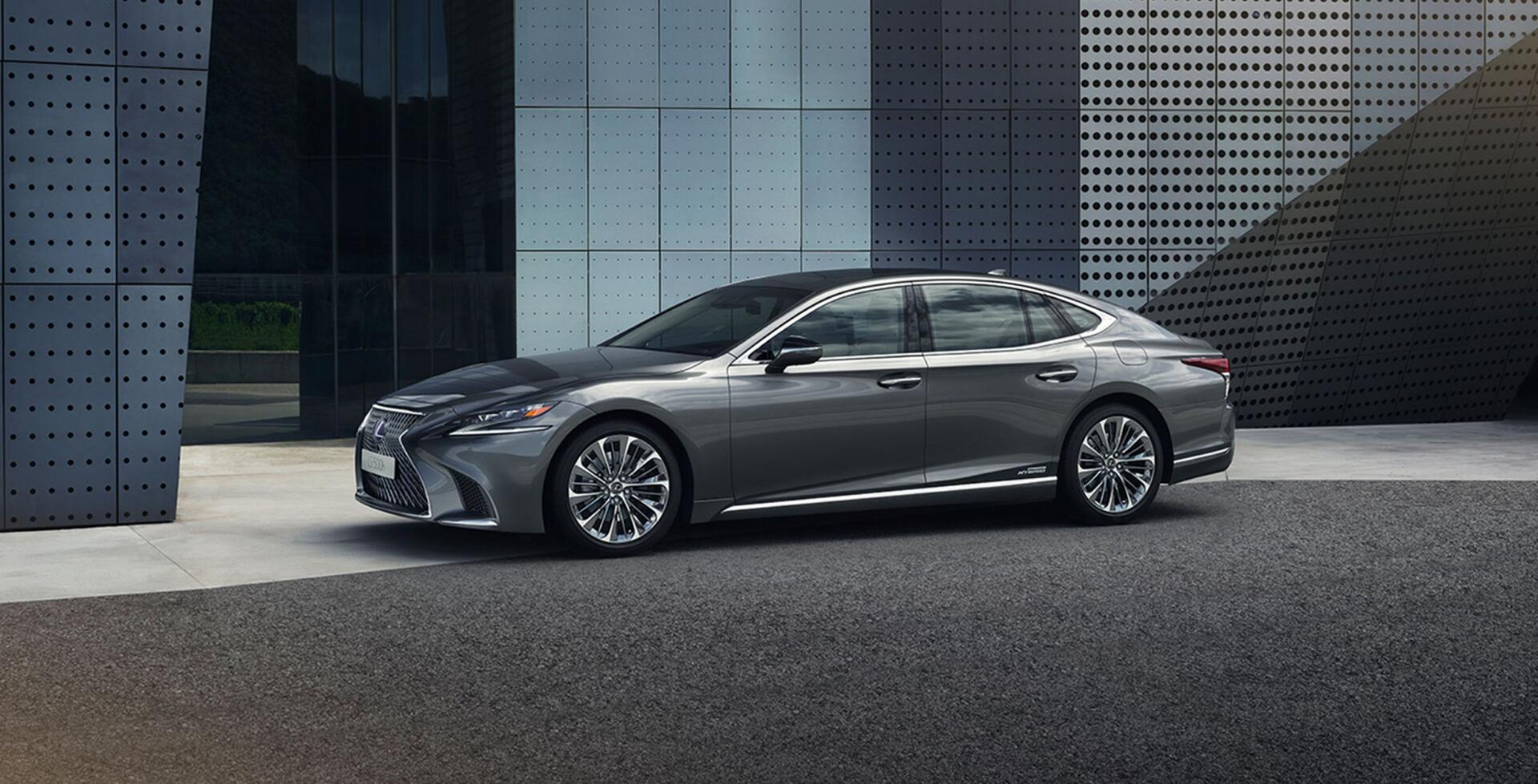
Facing plummeting sales, Lexus announced in September 2025 that it would officially cease production of the LS series starting in 2026, offering only a limited run of 250 units of the “Heritage Edition” as the final version, marking the impending departure of this Japanese luxury flagship, which first debuted in 1989.
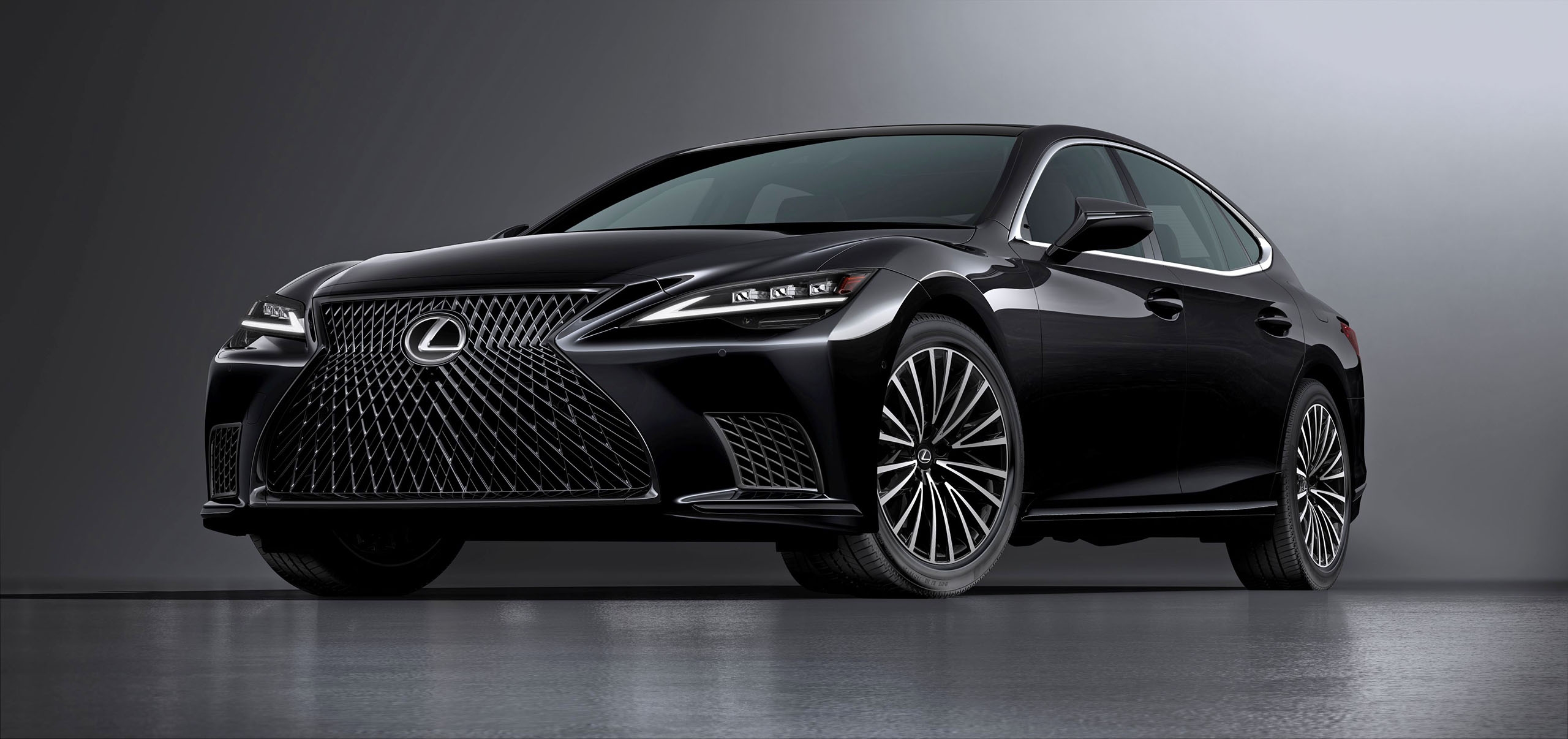
In addition, the global sedan market is also shrinking. According to the mainstream electric vehicle market data for the first half of 2025, the market share of sedans in the global light vehicle market has dropped to 40.13%, falling below SUVs at 42.35% for the first time. Among them, SUVs now account for over 45% of total car sales in Europe and the US, while in China, their share has reached 45.8%.
In essence, the combination of weak sales for the Lexus LS and a shrinking sedan market compelled Lexus to abandon direct competition with the BMW 7 Series and Mercedes-Benz S-Class. Instead, the company pivoted to pioneering a new segment, giving rise to the LS Concept.
This is how Lexus views the future of the automotive market
China, as a key market, continues to see growing demand for luxury MPVs. Brands such as Buick, Volvo, and Denza have already established a presence in this segment. Additionally, the growing prominence of models like the Zeekr 009 and XPeng X9 reflects a broader shift in consumer preferences towards generous interior space and a sense of exclusivity.
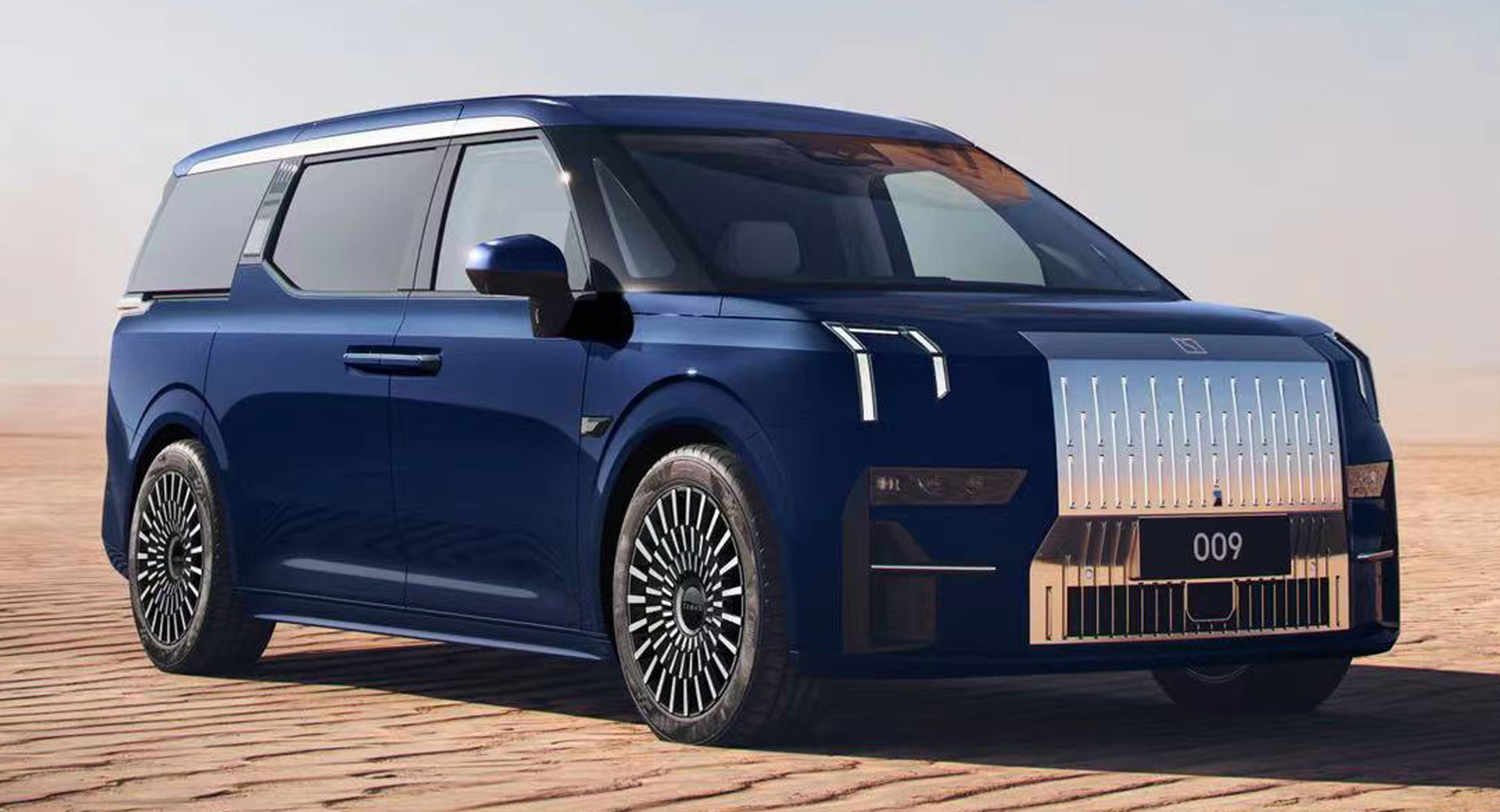
In response to these market changes, Akio Toyoda stated that the demands of contemporary consumers are defined by their focus on rear-seat privacy and versatility. MPVs are uniquely positioned to deliver precisely these kinds of intimate spaces.
Therefore, the Lexus LS Concept adopts a three-row six-seat independent layout, with each passenger enjoying their own dedicated space, and features sliding electric side doors to optimize entry and exit convenience. In terms of design, everything is centered on the principle of space-first.
From a broader perspective, Lexus believes that future consumers will move beyond traditional sedans and SUVs, in pursuit of mobile spaces that offer greater personalization and functionality.
Will the Prophecy of LS Concept Come True?
The unveiling of LS Concept has left many perplexed by Toyota’s decision.
But don’t forget, as a car manufacturer with annual global sales exceeding 10 million units, Toyota has a remarkable track record, largely free of strategic missteps.
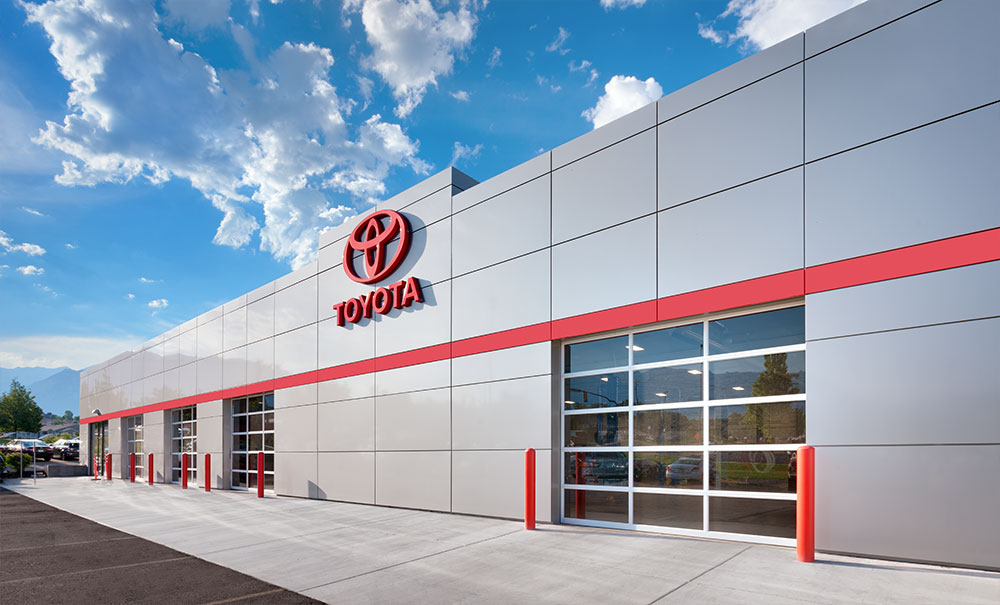
In 1997, Toyota launched the Hybrid model, ensuring it wouldn’t fall behind in the trend of automotive electrification like Volkswagen.
With the 1994 launch of the RAV4, Toyota pioneered the modern urban SUV for the global mass market. Its innovative use of a Corolla-derived chassis proved to be a masterstroke, creating a segment that achieved immense worldwide success. Even in 2024, it managed to become the world’s best-selling car of the year with 1.187 million units sold, surpassing the Tesla Model Y (1.185 million units).
Based on Toyota’s past successful experience, accepting the prophecy of the LS Concept may not be such an outrageous idea (except for the six-wheel design).
If any infringement occurs, please contact us for deletionFollow Us
Trending News
Zeekr 9X will be launched in China on August 29 and has attracted attention due to its resemblance to the Cullinan
AshleyAug 28, 2025, 03:49 PM
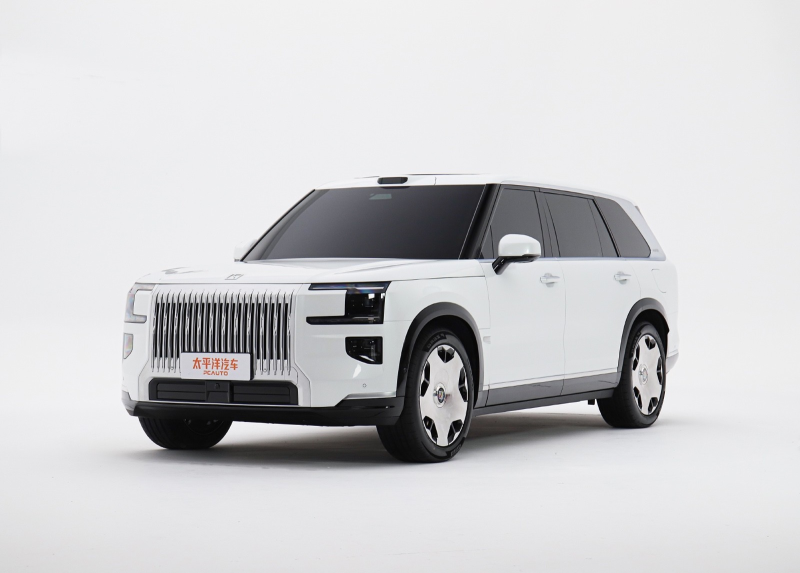
[PCauto] Geely‘s premium electric vehicle brand Zeekr announced that its first luxury flagship hybrid SUV model, the Zeekr 9X, will officially start pre-sale in China on August 29, 2025.
This full-size luxury SUV has attracted significant market attention for its resemblance to the Rolls-Royce Cullinan in appearance, as well as its luxurious interior design and high level of configuration.
Zeekr 9X Positioned as a Full-Size Luxury SUV
The Zeekr 9X dimensions are 5239/2029/1819mm, with a wheelbase of 3169mm, offering a 2+2+2 six-seat layout, and an optional four-seat executive version.
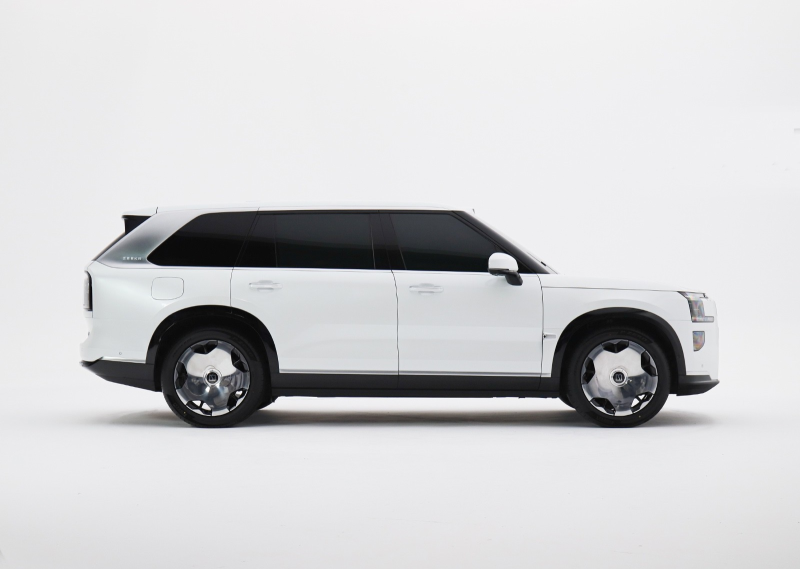
The exterior design blends classic luxury elements with a modern sense of technology. The front features a vertical chrome grille paired with split LED headlights, resembling Rolls-Royce’s “Parthenon Temple” design, showcasing a powerful visual presence.
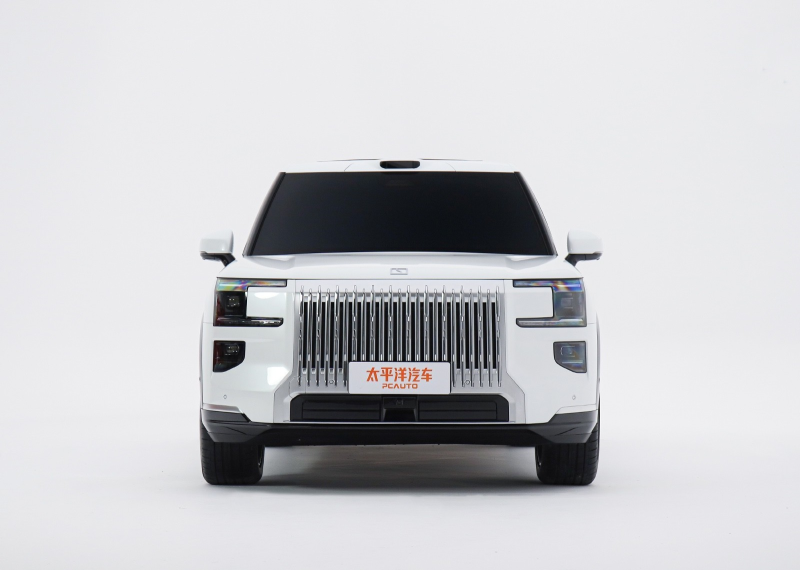
The rear is equipped with a ring-shaped through-type taillight strip, inlaid with 42,242 diamond-cut surfaces, with the “ZEEKR” lettering in the center, creating a highly distinctive look.
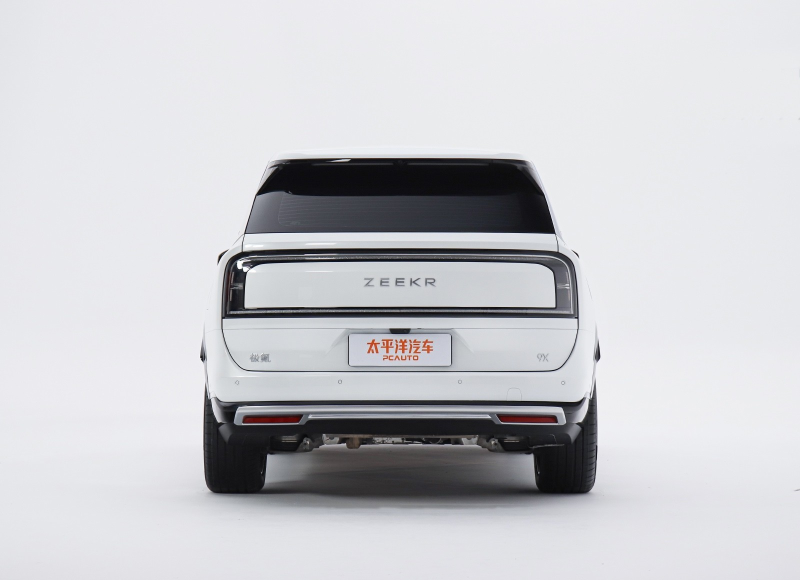
In terms of details, the new car is equipped with 22-inch mirror-forged wheels, hidden door handles, and a unique split tailgate design. The rear seats can even accommodate passengers to enjoy the scenery.
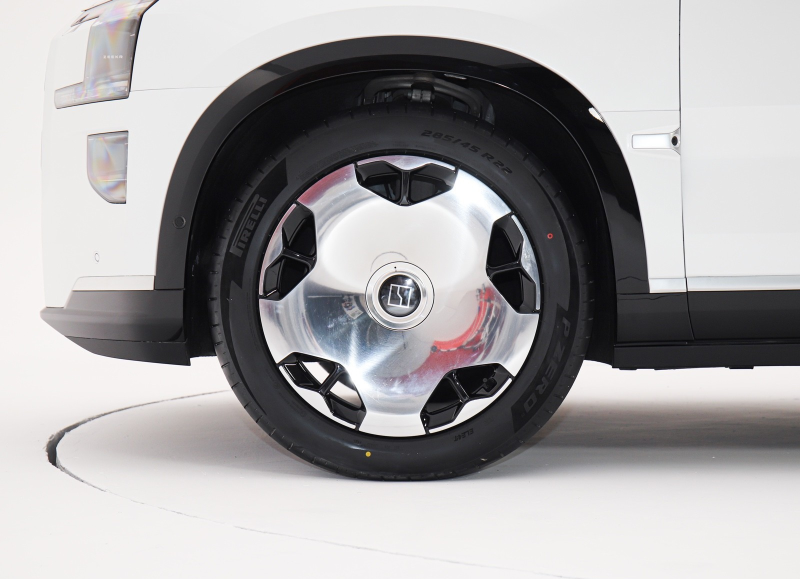
Zeekr 9X Interior Design Showcasing Ultimate Luxury
The interior extensively uses soft leather materials and features semi-aniline leather seats, decorated with Song Dynasty Guan Kiln texture wood trims and Swarovski crystal buttons.
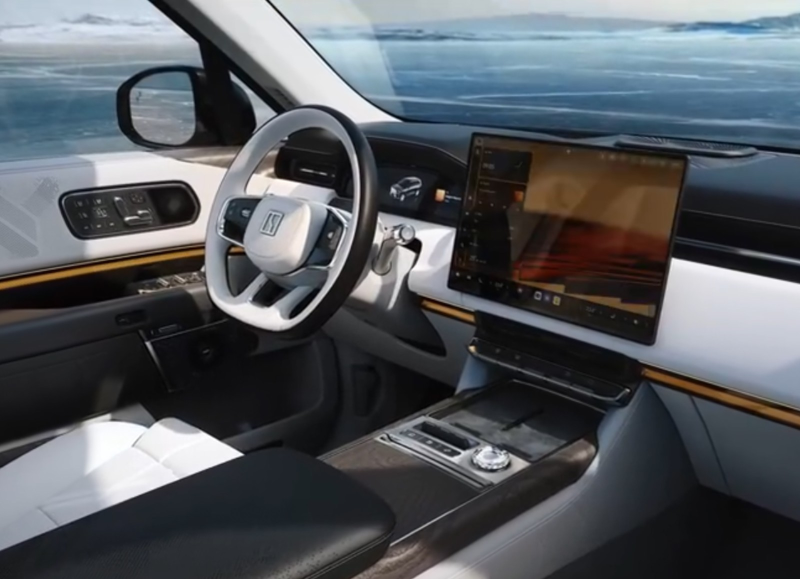
The second row is equipped with zero-gravity seats, supporting ventilation, heating, massage, and 140° recline adjustment. The headrests have built-in speaker systems.
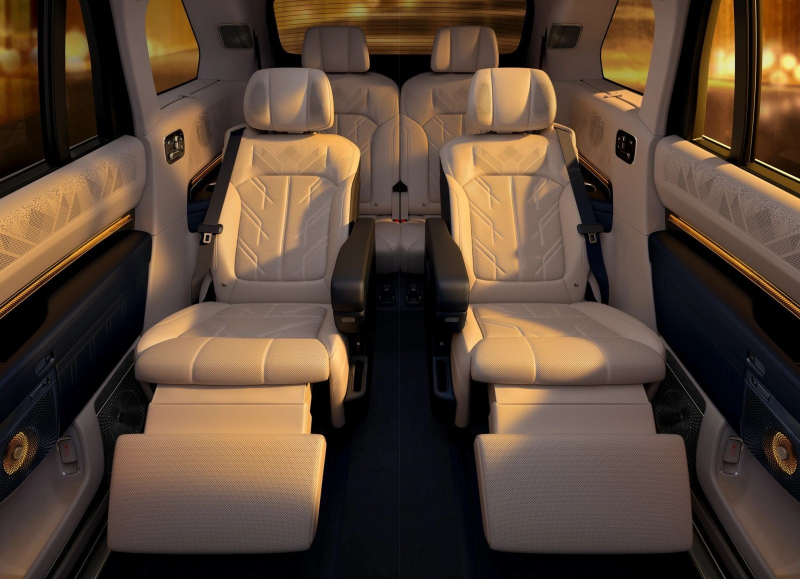
The intelligent cabin is powered by dual Qualcomm Snapdragon 8295 chips, with a total computing power of 30 TOPS, supporting four-zone voice control and visible-voice interaction.
With a 17.3-inch central control screen, a 21.6-inch curved dashboard screen, and a 15.6-inch ceiling-mounted entertainment screen forming a “technology triangle,” combined with a JBL 22-channel audio system, it provides an immersive experience for passengers.
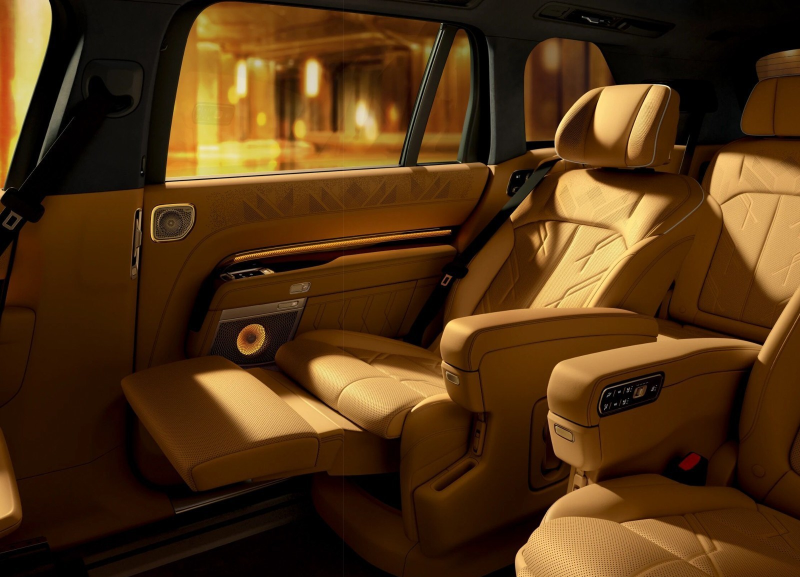
The power system is one of the biggest highlights of the Zeekr 9X
The new car is equipped with a hybrid power system, which is also Zeekr’s first use of a hybrid system.
The system consists of a 2.0T hybrid-specific engine and three motors. The engine has a thermal efficiency of 46% and a power of 205kW, with the front motor producing 290kW and the rear dual motors generating 370kW. The system’s combined power reaches 1030kW (1381 horsepower) with a peak torque of 1400N·m.
In terms of performance, the Zeekr 9X accelerates from 0-100km/h in just 3.1 seconds, with a top speed of 240km/h. Even in a discharged state, acceleration performance degradation is limited to only 0.2 seconds.
As for range, its pure electric range under the CLTC cycle reaches 380 kilometers, making it the plug-in hybrid SUV with the longest all-electric range globally. The combined range exceeds 1000 kilometers.
The Zeekr 9X adopts a 900V high-voltage platform, supporting 6C ultra-fast charging. Charging from 20% to 80% takes only 9 minutes, which is 1.5 times faster than Tesla‘s V4 Supercharging technology.
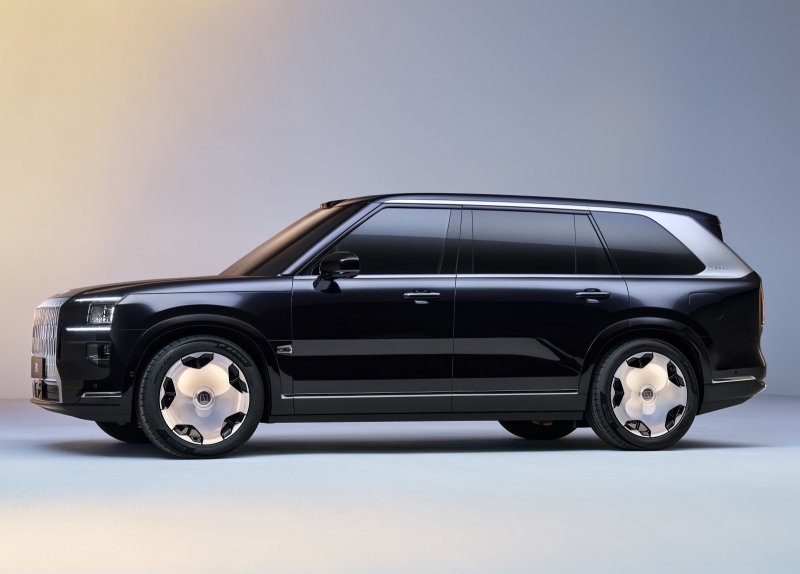
The intelligent driving system offers two versions to choose from
- The H7 version uses a single Nvidia Thor-U chip (700TOPS), supporting highway NOA and automatic parking features.
- The H9 version is equipped with dual Thor-U chips (1400TOPS) and 5 LiDAR sensors, including 1 long-range 520-line LiDAR. It supports L3-level conditional autonomous driving and can handle complex scenarios such as mechanical parking and perception through heavy rain.
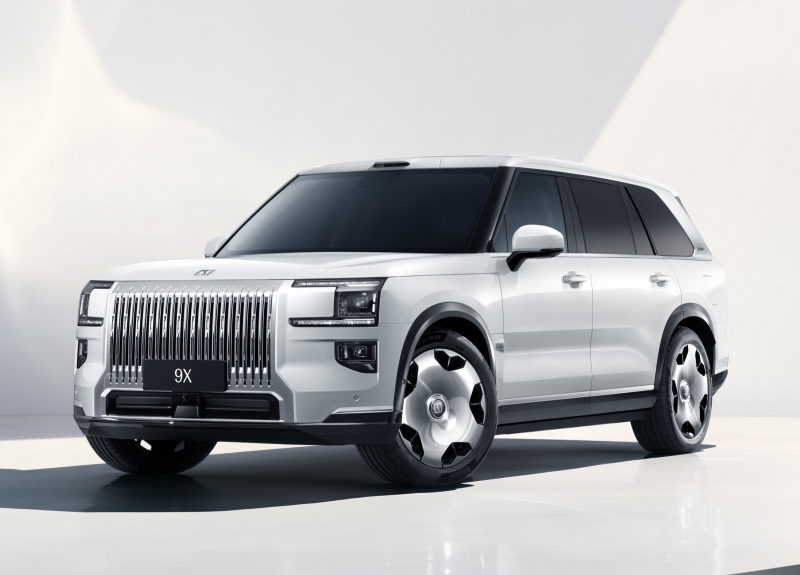
Zeekr 9X Continues the Brand’s High Standards in Safety
In terms of safety performance, the Zeekr 9X adopts a high-strength steel and aluminum alloy body structure, with a usage rate exceeding 91%. Among these, 2000MPa hot-formed steel is used in critical areas such as the A/B pillars. The vehicle’s torsional rigidity reaches 41600N·m/deg, which is the highest level in the industry.
The innovative third energy-absorbing box design can reduce collision intrusion by 20% and has passed super-national standard tests such as 50km/h pole collision and 105km/h rear collision.
The chassis is equipped with a closed dual-chamber air suspension system, dual-valve CCD electromagnetic damping, and a 48V active anti-roll bar, supporting all-terrain adaptive functionality to handle various road conditions such as deserts, snowfields, and altitudes above 5000 meters.
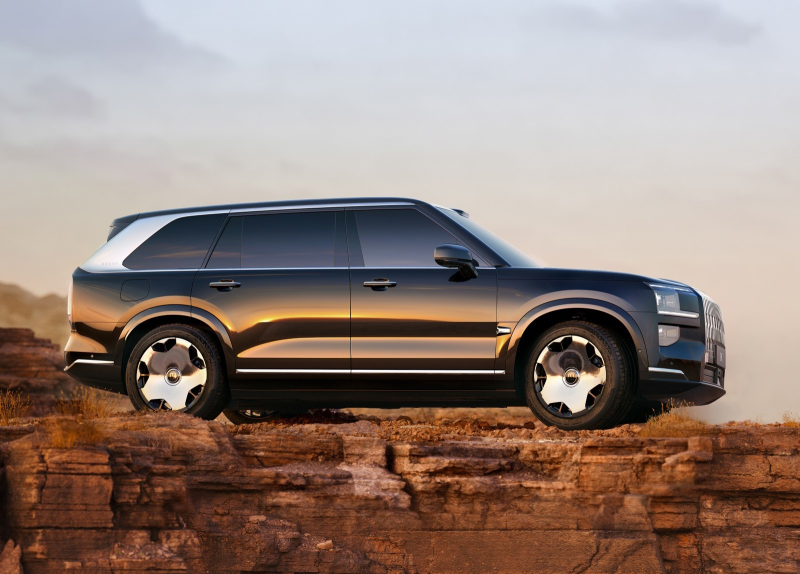
Zeekr 9X to Compete with Mercedes-Benz GLS
Zeekr 9X mainly targets high-end business professionals, family users, and tech enthusiasts, focusing on versatile “home and business” usage scenarios.
The new car directly rivals models like AITO M9, Li L9, and Mercedes-Benz GLS but relies on advantages such as a hybrid system, long-range capability, and fast charging to create differentiated competition.
In terms of price, the base model is expected to be priced in the range of 500,000 to 600,000 yuan (296,000-355,000 MYR).
